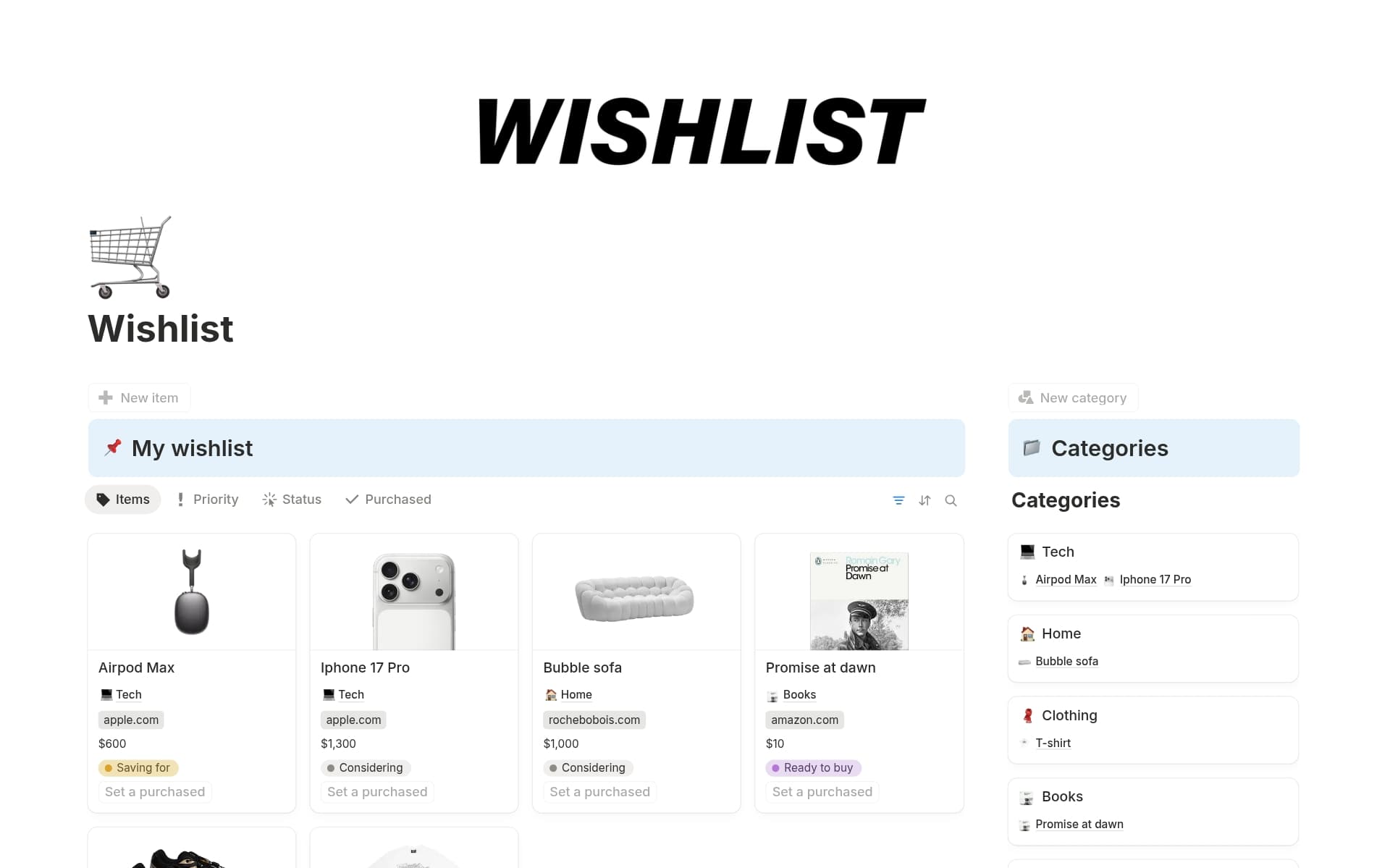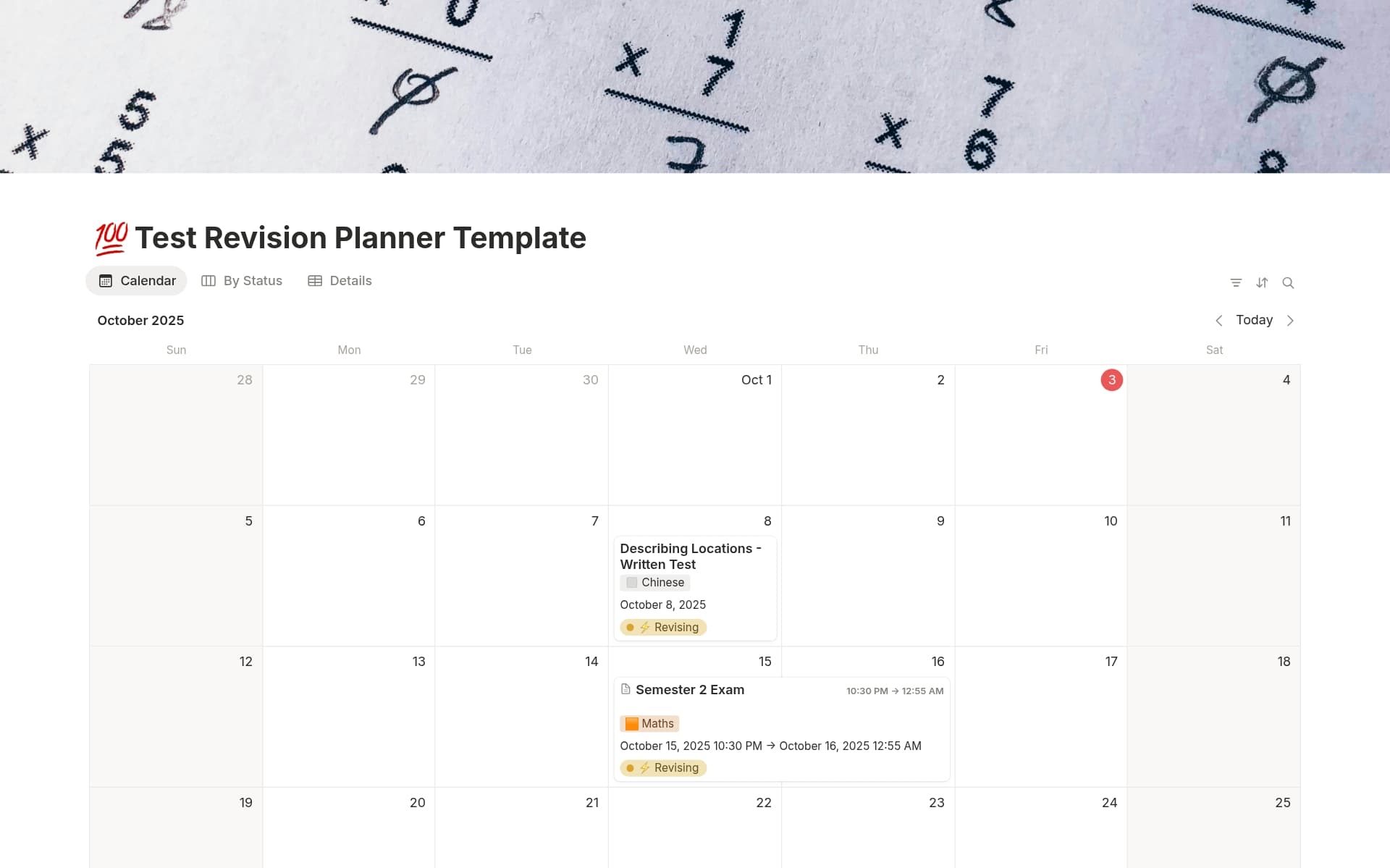Research polls are essential tools for gathering insights and opinions from a specific audience, which can inform decision-making, product development, and customer satisfaction strategies. A well-structured Research Poll template in Notion can streamline the process of creating and conducting polls, ensuring consistency and efficiency while collecting valuable data.
Before you dive into crafting your own research polls, take a look at these Notion templates designed to facilitate your research process. They offer a variety of frameworks and question sets tailored to different research objectives, making it easier to get started.
What Should Research Poll Templates Include?
Choosing the right Research Poll Template in Notion can streamline your data collection and analysis process. Here are key components to look for in a template:
Question Variety: A good template should offer different types of questions (multiple choice, open-ended, scales) to capture diverse responses effectively.
Logical Flow: The questions should be organized in a way that feels natural and intuitive, helping to maintain the respondent's engagement throughout the poll.
Customizability: Look for templates that are easy to modify. This allows you to tailor the poll to your specific research needs without extensive redesign.
Analysis Tools: Integrated tools for data analysis can greatly enhance the utility of the template, providing quick insights and trends from the collected responses.
Selecting a template with these components will ensure that your research polls are not only comprehensive but also adaptable to various research scenarios.
What Should Research Poll Templates Avoid?
When selecting a Research Poll Template in Notion, it's essential to be aware of certain features that might hinder the effectiveness of your research. Here are three key components to steer clear of:
Overly Complex Questions: Templates with questions that are too detailed or technical can confuse respondents, leading to unreliable data.
Limited Response Options: Ensure the template allows for diverse responses. Templates that restrict answers can skew results and limit insights.
Non-Scalable Formats: Avoid templates that do not adapt well to varying sample sizes or demographic spreads, as they can restrict the scope of your research.
Choosing the right template involves more than just aesthetics; it's about ensuring the integrity and applicability of your research outcomes.




